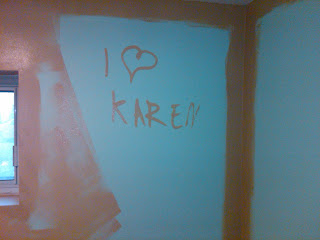Knitting is one of my favorite hobbies; I love watching the yarn transform into wonderfully textured pieces to then become clothes, stuffed animals, or whatever the project of the moment is. I have joked that I would surround myself with all things knitting if I could - and now I know that I don't have to say that jokingly anymore.
Couture Deco's knit-look wallpaper has me wishing that my crafts room was due for a make-over. Although this wallpaper can work just as well as an accent wall in a bedroom or living room, in a den, or even in a hallway.
If knits for home decor appeal to you - and why shouldn't they? They are so cozy! - you'll be happy to know that knitting, and all things knitted, are continuing to grow in popularity and trendiness.
Of course there are the usual throws and pillows (like these cushions from Pottery Barn), but there are also more unusual pieces out there like knit vases from Ferm Living.
 Better yet, visit the Etsy website to support artists and artisans by purchasing knitted items that are hand-made. Choose by category, search by item, narrow your search by location or by colour...
Better yet, visit the Etsy website to support artists and artisans by purchasing knitted items that are hand-made. Choose by category, search by item, narrow your search by location or by colour...Or pick up a pair of knitting needles and watch a skein of yarn turn into something fantastic!






